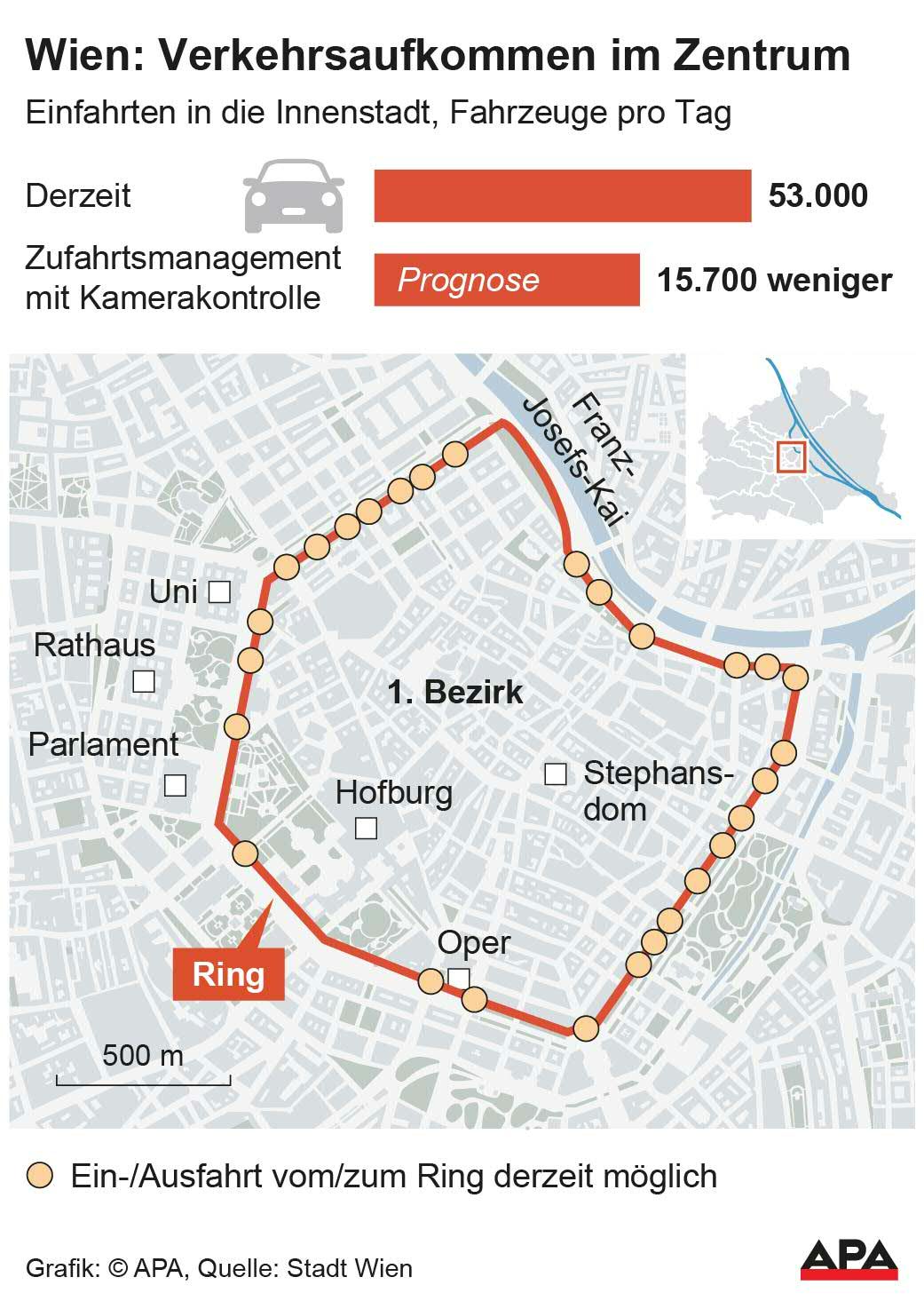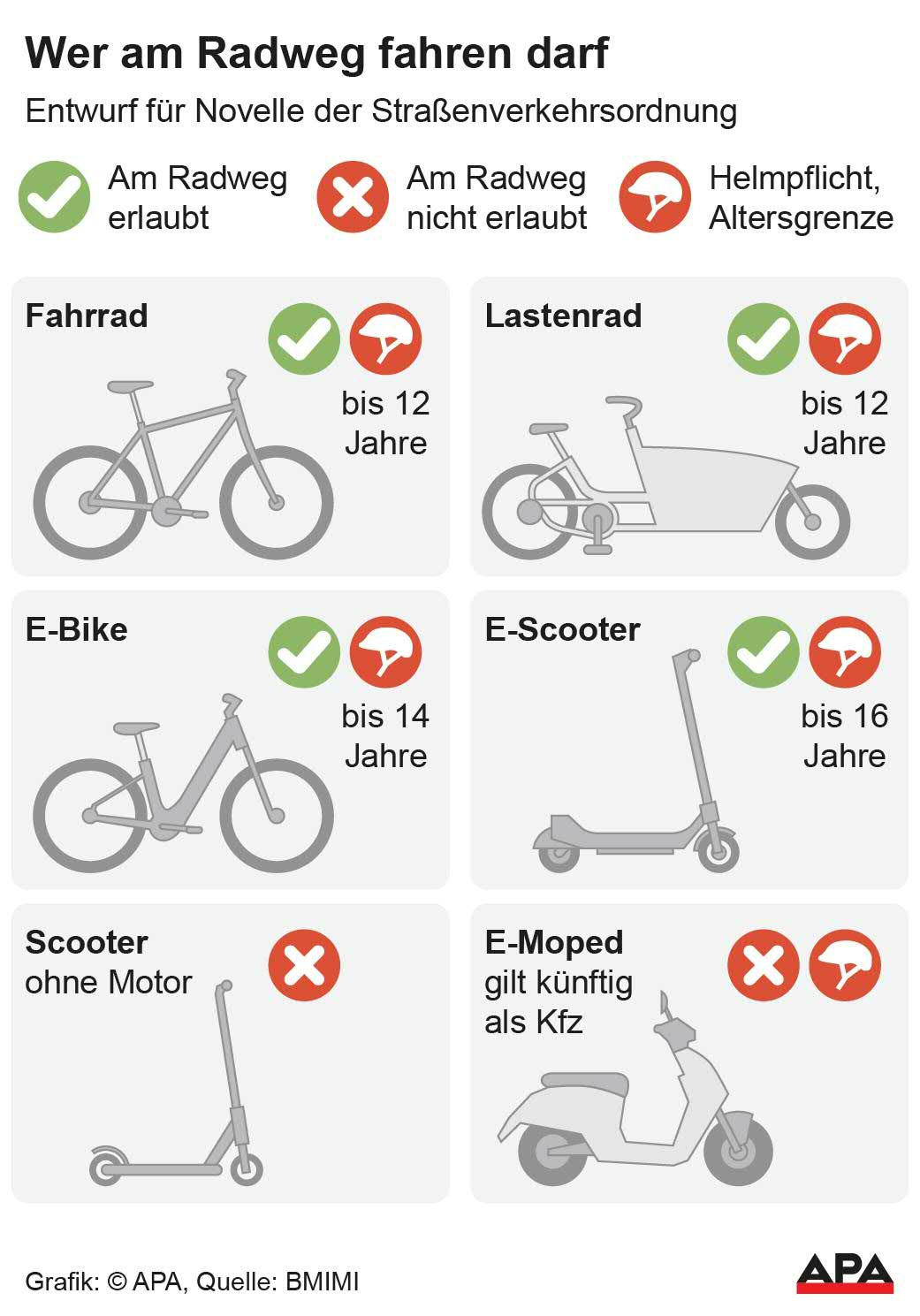StVO Amendment - Traffic Calming in Vienna's City Center on the Way?

The Ministry of Transport is establishing a legal framework for camera-based systems for traffic calming in municipalities with the StVO amendment, as Vienna has long demanded. In the future, entry and driving bans for multi-lane vehicles can be monitored through automated access management. This applies to specific access areas, such as at city center boundaries. Video-monitored areas will be marked with signs featuring a camera symbol and new ground markings. The camera-based monitoring of bus lanes, pedestrian and bike paths, as well as pedestrian zones, is not to be independently permitted. An exception is made for school streets to ensure the safety of children. Motorcycles and mopeds are explicitly excluded from automated detection.
Joy from Vienna's City Councillor for Transport over StVO Amendment
City Councillor for Transport Ulli Sima (SPÖ) noted in a reaction that they had waited almost five years for a draft that would enable traffic calming of the inner city through camera-based access control. Now they want to proceed with the implementation of the measure. The traffic-calmed inner city is finally within reach, Sima expressed satisfaction. "The former Green Minister (Leonore, note) Gewessler refused such an amendment for years, thereby blocking one of Austria's largest traffic calming projects. More than 20 other cities have also been demanding these legal possibilities for years," Sima stated.

Feasibility Study and Data Protection Report
A feasibility study by the city and the 1st district had already highlighted the enormous traffic relief in the federal capital alone three years ago, she emphasized. Up to 15,700 entries into the city could be prevented daily with the Vienna model. A quarter fewer cars would park on the surface. The data protection, the city councillor assured, was never at risk.
A joint data protection report by the Association of Cities and the then Green-led Climate Ministry had already given the green light for camera-based access control in the summer of 2022, as has been in use in many other European cities for years, Sima explained. This system has also been in practice for many years in Austria with section control and toll stations, she noted.
Entry into the inner city is therefore to be restricted in the future. Only residents, authorized persons, or people who park their vehicle in a garage will be allowed to drive into the inner city. The monitoring of access limits is to be carried out with cameras, with license plates being photographed.
Desire of the 1st District of Vienna
The desire originally came from the district itself. Its head, Markus Figl (ÖVP), also repeatedly demanded that a legal basis for the implementation of the plans be quickly created. The pressure on the use of the inner city is very high, he argues. A restriction on entries would lead to more quality of stay, he is convinced.
After the federal government has given the green light in principle, the next steps are now being planned in the town hall. If the law comes into force in May of the coming year, the tender is to start, as was communicated by the Sima office upon APA request. The process is expected to take about a year, it is estimated.
Following the award, the implementation of the system will then take place. The necessary construction measures must also be initiated. The project is to be implemented, if possible, during this legislative period, it was said. This ends in 2030.
Pressure Regarding E-Mopeds
Vienna has also exerted pressure regarding e-mopeds. Accordingly, there is relief about the planned ban from bike paths. "That increasingly faster, fully motorized electric vehicles are traveling here is not acceptable," stated Sima. With an empty weight of up to 80 kilos, they are extremely heavy and a safety risk.
StVO Amendment Bans "E-Mopeds" from Bike Paths
The draft for the omnibus amendment is now under review and is set to come into force on May 1, 2026. For the innovations surrounding e-mopeds, implementation is scheduled for October 1, 2026. As already announced in the summer, "e-mopeds" (L1-eB), which currently count as bicycles, are now to be transferred to the Motor Vehicle Act and thus relocated to the roads. They are thus motor vehicles with registration requirements (license plate), insurance requirements, driver's license requirements, and helmet requirements.

An e-moped is not a bicycle, emphasized Hanke. "It is an incredibly fast monster that is traveling here." Electromobility has developed significantly - the vehicles are more powerful and the speed has also increased. Therefore, precautions must be taken to ensure that safety is not neglected.
(APA/Red)
This article has been automatically translated, read the original article here.
Du hast einen Hinweis für uns? Oder einen Insider-Tipp, was bei dir in der Gegend gerade passiert? Dann melde dich bei uns, damit wir darüber berichten können.
Wir gehen allen Hinweisen nach, die wir erhalten. Und damit wir schon einen Vorgeschmack und einen guten Überblick bekommen, freuen wir uns über Fotos, Videos oder Texte. Einfach das Formular unten ausfüllen und schon landet dein Tipp bei uns in der Redaktion.
Alternativ kannst du uns direkt über WhatsApp kontaktieren: Zum WhatsApp Chat
Herzlichen Dank für deine Zusendung.



